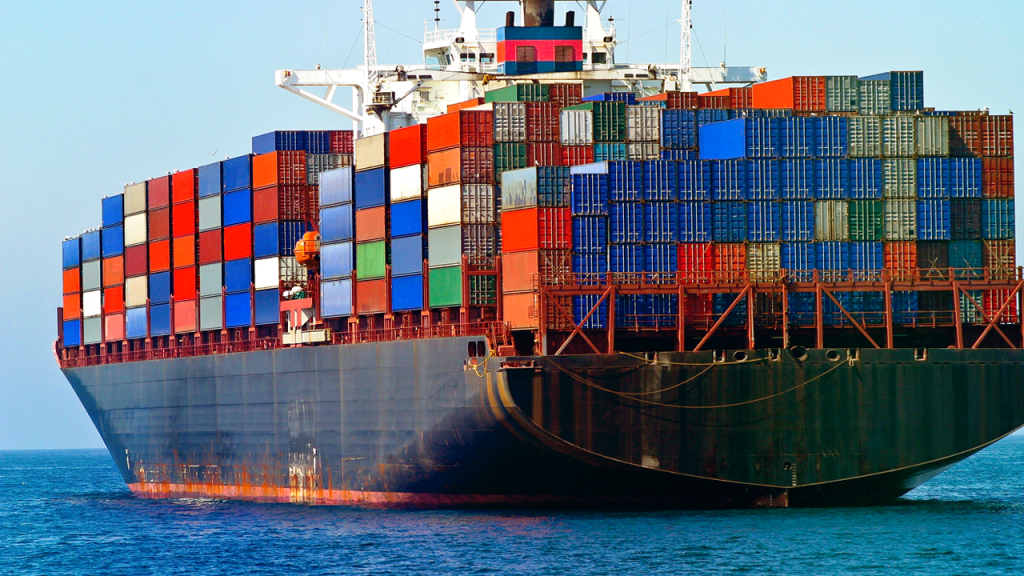Container shipping was 60 years old last week. From its origins in the first seaborne transportation of containers on board Malcolm McLean’s Ideal-X on 26 April 1956, containerized shipment has become the glue that holds together today’s globalised economy. This analysis takes a look at how the container sector exploded into the centre ground of the world’s shipping business.
Lighting The Candles
The man acknowledged to have been container shipping’s true pioneer, Malcolm McLean, a trucking magnate, used a converted tanker to move the first containerized cargo by sea from New Jersey to Houston, 60 years ago, back in 1956. Four years later, Sea-Land introduced the first Transatlantic service, and in 1969, in the UK, Overseas Container Lines launched its first service. Landmarks indeed, and the benefits have been widely felt ever since. Containerization enabled the standardization of port handling equipment, increased speed of cargo handling, and flexibility of location of stowage and unpacking which all changed the way that manufactured goods are shipped around the world. It also improved cargo security, and facilitated intermodal integration to provide an inter-connected transportation system.
Pass The Parcels
Today, containerized transport links up just about every corner of the world, even if cargo might need to be ‘transhipped’ from one vessel or service to another to reach its final destination. Reflecting this, the ‘liner network’ has seen rapid increases in volumes. Across the last 40 years the compound annual growth rate in global container trade volumes stands at 9%, and this year world box trade is projected to surpass 180m TEU. As the graph shows, following the first 20 years of container shipping history, the next 20, 1977-1996, saw the addition of an estimated 41m TEU of box trade per annum, and the most recent 20 years have seen the addition of a further massive 136m TEU of annual loaded container trade.
The network has also provided cheap ‘per unit’ shipping. With around 400 flat screen TV sets in one box, every $100/TEU of freight cost equates to just $25 cents per unit. Given the type of vessels introduced, per TEU costs of operating ships have dropped too. Across 1976-96, 3m TEU of capacity was delivered, with an average ship size of 1,673 TEU. In 1997-2016, 20m TEU was delivered with an average size of 4,363 TEU, taking today’s fleet capacity to 19.9m TEU.
Icing On The Cake
So, whilst growing up, container shipping has been busy connecting the world via the liner network for the movement of goods in a speedy and secure fashion. Whilst partially separating vessel ownership and operation, it has enabled cheap door-to-door transportation of manufactured goods, and the connection of consumers with the lowest cost production locations, facilitating the great outsourcing boom and enabling multi-location processing. Supply chains have been optimised and specialist port infrastructure has been established and connected to the distribution network. All in all, containerization has been one of the greatest facilitators of change in the world economy in the last century. Happy birthday to you, container shipping!
Source: Clarksons
Copyright Ships & Ports Ltd. Permission to use quotations from this article is granted subject to appropriate credit given to www.shipsandports.com.ng as the source.

